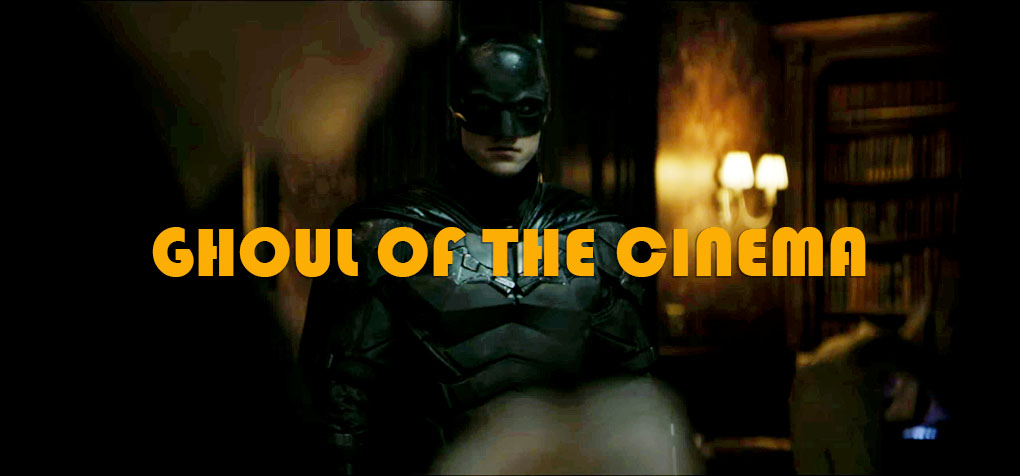 |
| 'No one can help me but myself.' |
I think now is the time to start talking more about Philippine cinema and those who contributed to it. These days, Philippine cinema mainly consists of comedy, and sometimes even rehashed plots from other dramas but has slowly and fortunately made way for original filmmakers to make films worth talking about. This is going to be my first entry in a new series called Filipino Palette where I will be talking about films made locally and my first entry is going to be about 1976's Insiang which was the first Filipino film shown at the Cannes Film Festival and directed by the late Lino Brocka starring Hilda Koronel, Mona Lisa, Rez Cortez, Marlon Ramirez, Ruel Vernal and Nina Lorenzo. Insiang (Hilda Koronel) is a young woman living in the slums of Tondo, Manila with her mother Tonya (Mona Lisa), outside their small shack she is seen as the object of attention to men, and catches the unwanted attention of her mother's much younger boyfriend Dado (Ruel Vernal), a butcher and the alpha male of the slums who charms his way into her and her mother's life. Insiang feels lonely despite being surrounded by people everyday but she has allies in her best friend Ludy (Nina Lorenzo), who runs a sari-sari store in the slums with her family, Insiang's aimless boyfriend Bebot (Rez Cortez) a mechanic and gambler and Nanding (Marlon Ramirez), Ludy's younger brother who admires her from afar but all are powerless against Dado's hold on the slums and Insiang.
 |
| Hilda Koronel as Insiang |
The performances by Hilda Koronel and Mona Lisa are among the best I've seen with the latter who is totally convincing as a much older woman still sexually active and who has a Machiavellian grasp on her family members, they're stormy relationship in the film feels authentic and at times heartbreaking due to what happens afterwards. Koronel's performance relies on subtlety and her eyes do most of the acting here, it's a performance that could easily be phoned in since she conveys cold steel rather than grit and she made it work. The supporting cast are solid but the standout among them is Ruel Vernal who plays Dado with charm that you nearly fall for his disgusting pig of a character.
 |
| Mona Lisa as Tonya, Insiang's domineering mother. |
Insiang doesn't feel like any Filipino film of today, but its themes are more relevant than ever such as poverty, rape, and toxic masculinity an example of the latter two is how most of the men justify their sexual needs with 'I'm a man, I can't help it' even though if women like Insiang feels uncomfortable because of it. The rape happens off-screen and is handled with sensitivity and truth, once Insiang tells her mother of her horrific experience her mother is angered but Dado explains it wasn't his fault, justifying that her daughter was seducing him and Tonya's bitterness gets the best of her and blames her daughter for her own rape, revealing Tonya's image of always in control an illusion. Days later, people in the slums gossip about what happened between Insiang and Dado, feeling more trapped than ever after she is dumped by her worthless boyfriend Bebot (who leaves her without a word in a rented motel room), she plans to exact revenge on those who hurt her but not once does it feel like we are meant to agree with her decision. In the end, she gets her bloody revenge and also reconciles with her mother despite it all but Insiang does not feel happiness only relief despite the coldness she seemingly embraces.
 |
| The slums in Tondo, Manila. |
This is a gem of a film that doesn't get talked about more often, not just for how timeless it is but also for the well-crafted film making process that went into it during production.The cinematography by Conrado Baltazar fits in with the story and the characters and feels more like those old Italian films during the 1950s, the audio can be quite a problem since you can't hear the actors speak due to some of the audio picking up a lot of noises so make sure to find a copy that has subtitles but I will surely be seeking out more of Lino Brocka's work in the future.

No comments:
Post a Comment